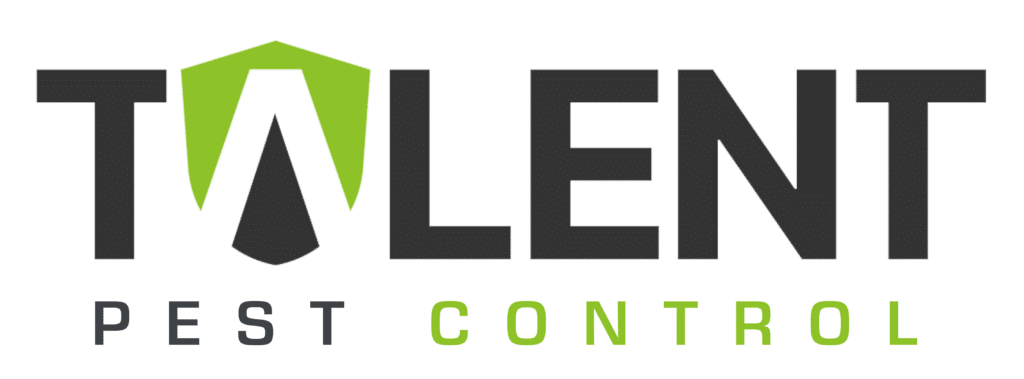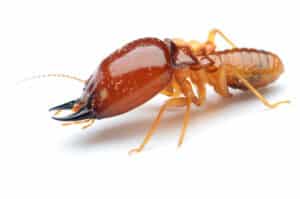We have serviced hundreds of mouse cases, and although there are some exceptions, mice are relatively consistent in their preferences with house entry points.
Our mice service includes a thorough inspection of your home to locate entry points and sealing off small exterior openings in the structure. To eliminate any mice which have already entered the home, we use a combination of trapping and baiting techniques.
Here is a list of the top 10 Common Mouse Entry Points in Your Home:
1. Air Conditioning Compressor Line
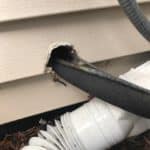
As the weather changes and we have turned on the heat, mice will take an interest in that long-forgotten air conditioner. Make sure your compressor line is entering your house with a tight seal.
2. Gas Line
Gaps and spaces around gas lines into the house is a very common route for rodents. Unless you want a mouse highway on your exterior gas line, make sure these gaps are sealed properly.



3. Electrical Meter
This is a very common area mouse entry point; make sure your utility area on the exterior of your house has no gaps or openings.

4. Meeting points of different housing materials
Using a variety of building materials on the exterior of the house add character and curb appeal to any home, but make sure those material meeting points are tight-fitting. We do not want to attract any savvy mice into your stylish home.

5. Inside and outside corners
Home design with inside and outside corners offers an attractive look, and mice really appreciate this feature as well. During our inspection, we inspect for any gaps and potential mouse entry points by inside/outside corners and places where building materials change directions.

6. Bay windows and foundation overhangs
Pay close attention to bay windows and foundation overhangs when considering how a mouse could be getting into your house. These are common mouse entry points and easily overlooked!

7. Chimney Entry Points
We don’t recommend you get on your roof to check the flashing on your chimney but you can and should check for spaces if your chimney is brick and it abuts to siding.
8. Roofline and Cedar Shakes
Cedar shakes are a charming feature, but they can create multiple pest challenges because of gaps between the shakes and where the roof meets other building materials. Whether you have a cedar shake roof or not, it’s important to inspect around the soffits, roofline and trim board for gaps where mice could enter in the attic like in this picture.

9. Decks and Landscaping
Landscaping and decks can prevent complete inspection for mouse entry points around the perimeter. If a mouse problem continues, we usually suggest the homeowner remove a couple deck boards to allow better inspection and possible sealing of entry points under the deck.

10. Older Homes and Additions
Mouse problems in homes aged 50 years or older bring in some additional consideration when inspecting for entry points. Older houses were built with different materials and building methods than newer homes, and sometimes there are significant gaps where the stone foundation and mortar has broken down around the perimeter. Typically, these sealings would need to be done by a mason or a qualified contractor, but we will inspect and attempt to locate the exact mouse entry points in these situations.
Also, older homes oftentimes have been re-sided, and when the newer siding is installed over the older siding there are sometimes gaps between the layers that become hidden mouse entry points. Houses that undergo rehabs and additions also warrant potential gaps in the structure. Houses with difficult-to-solve mouse problems often times have something in common – they have had an addition or other structural changes made to the house.
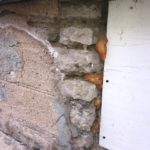
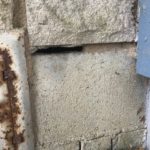
Contact us!
Call 757-703-1854
We will tackle your mouse case with strategy, expertise, and professionalism.
